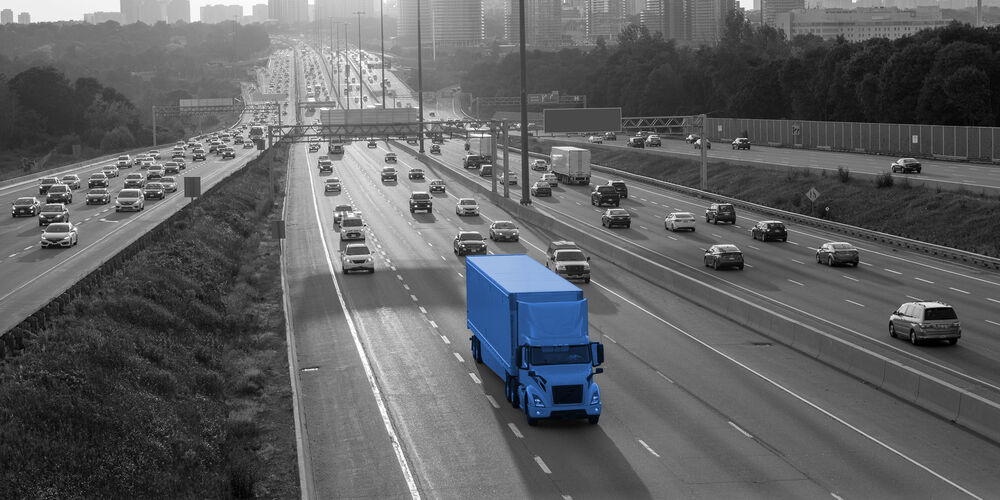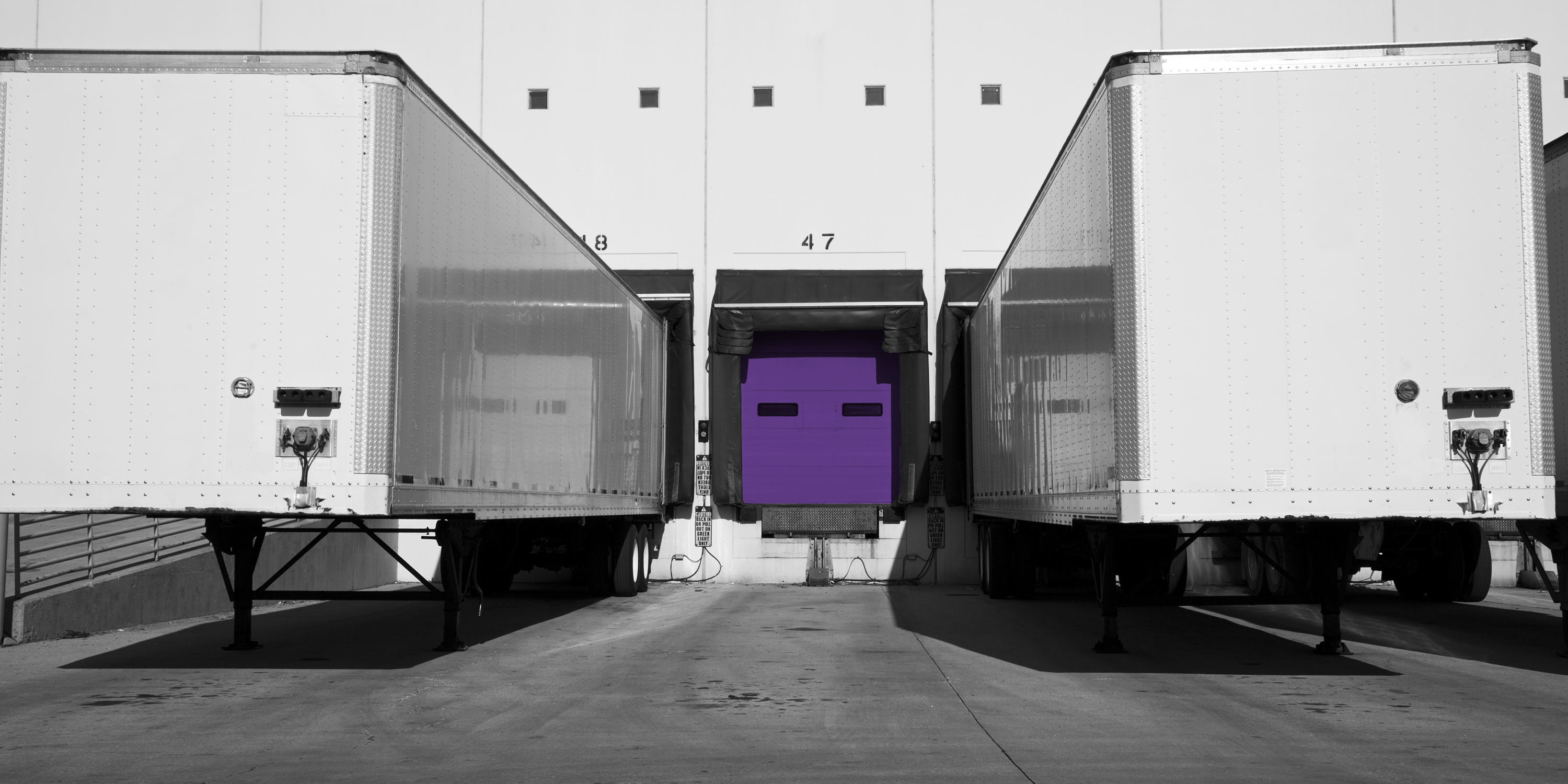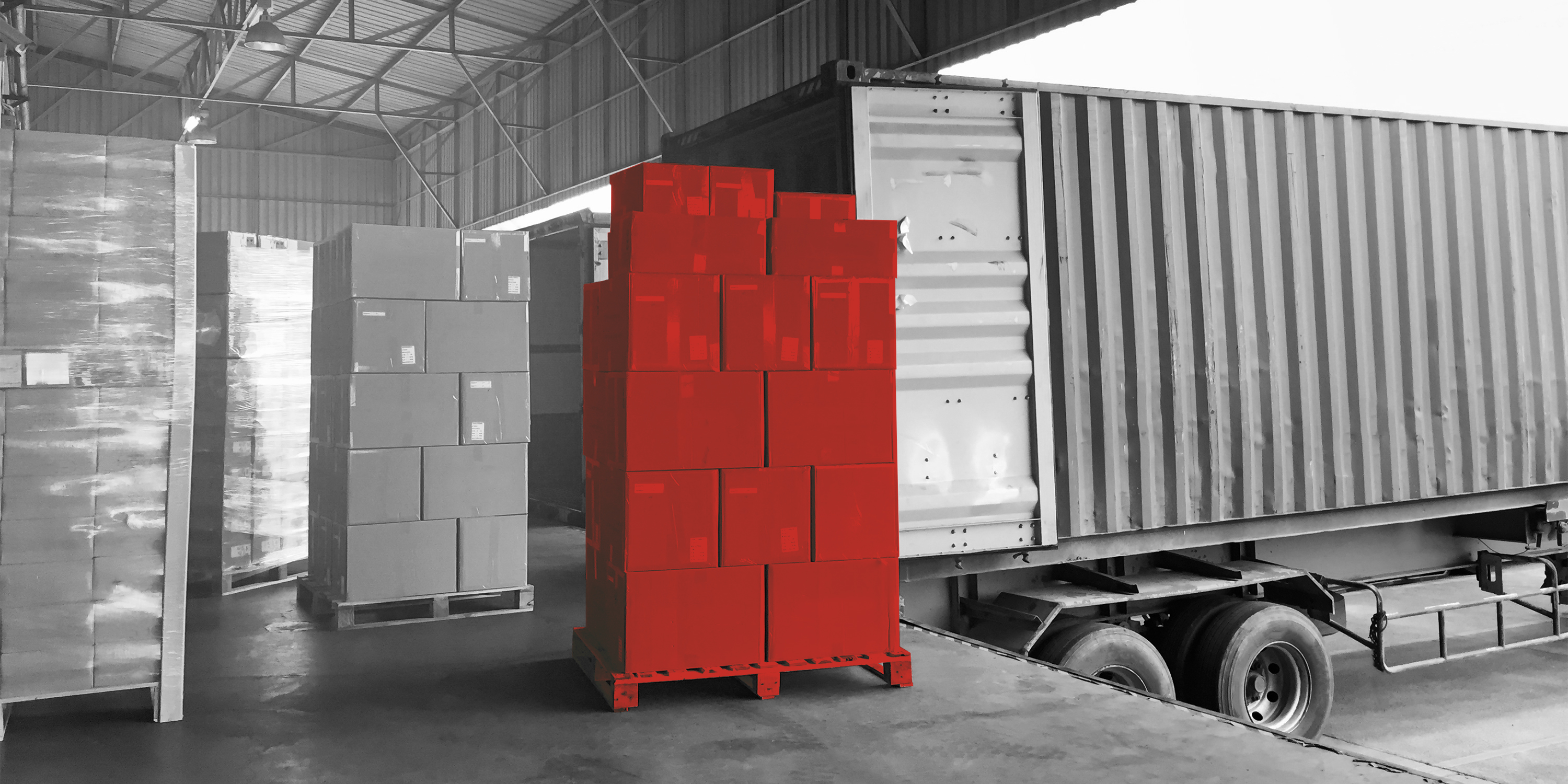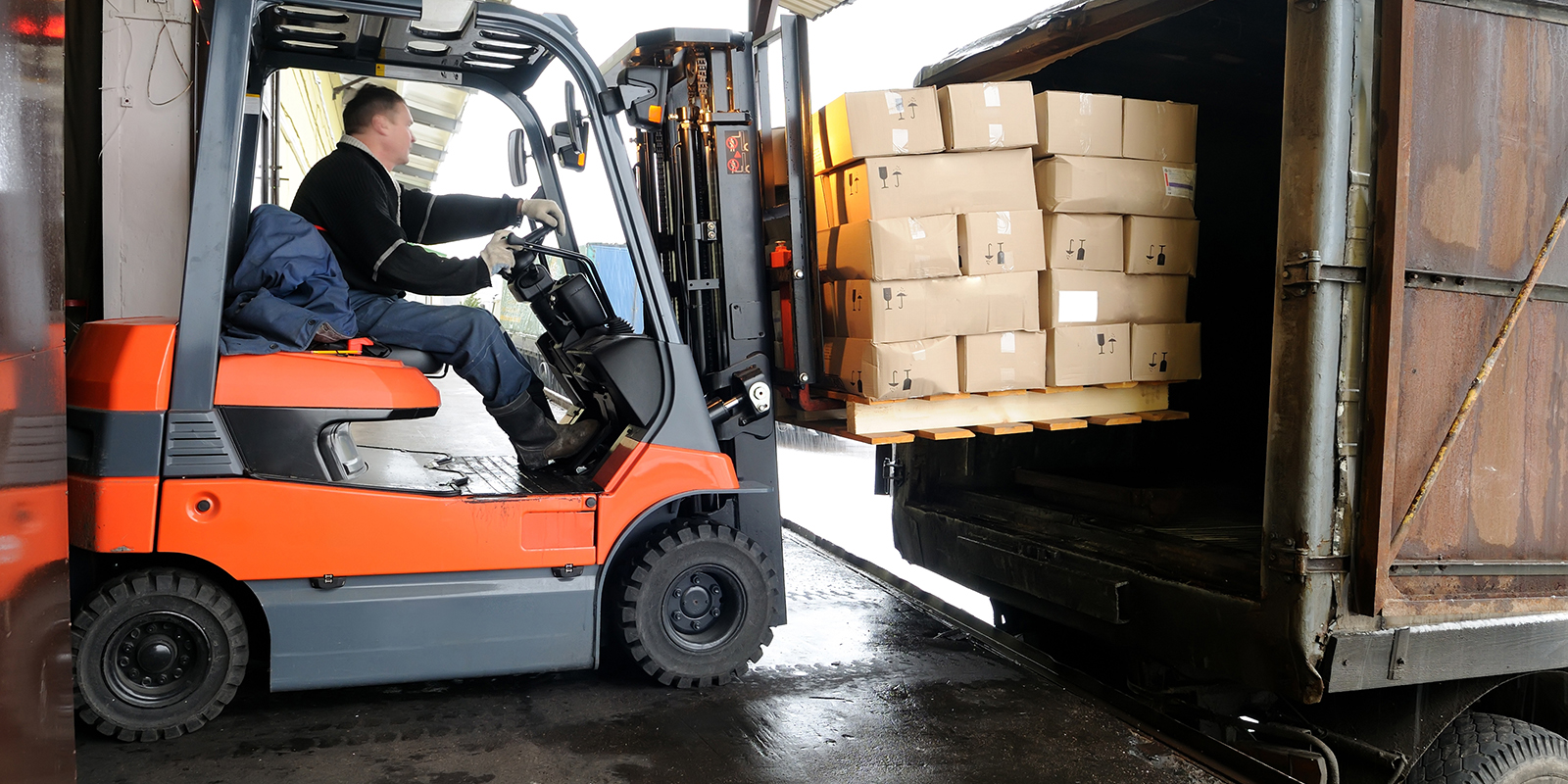Ecommerce was already steadily growing before the pandemic hit. Since COVID-19, it has boomed. According to ZD Net, ecommerce accounted for around 35 percent of all U.S. retail sales in 2020. Experts also anticipate the increase in online shopping to extend far beyond the pandemic. This should not come as a surprise. As a society, we tend to gravitate toward things that simplify our daily lives and shopping online certainly does that – especially with the increase in retailers offering free shipping or two-day shipping options.
Author: Banyan Technology
The Effect of Freight-Pricing APIs on LTL Contract Negotiations
As freight-pricing application programming interfaces (APIs) continue to proliferate throughout the transportation industry, they increase the data and information that shippers, 3PLs and carriers have at their fingertips. Not only do they help create efficiencies in operations, but they can also increase efficiency in the contract negotiating process.
How to Improve LTL Carrier Negotiations
You can improve the process and results of your LTL carrier negotiations by being as prepared as possible. The best way to do that is by aggregating as much data as you can – about your own freight and shipping lanes as well as the preferred freight and lanes of your carriers. This will ensure that you choose the best LTL carriers to offer the best service for your freight, your customers and your suppliers at a fair market value.
The Challenges Faced by 3PLs and How Freight-Pricing APIs Can Alleviate Them
A Conversation with Banyan Technology’s Lynn Caldwell and Tech Transport’s Bob Freed
Bob Freed and Tech Transport, a freight management company that simplifies its customers’ shipping functions, always aim to meet and exceed their customers’ needs. However, they realized that in order to continue to provide the best service to their customers, Tech Transport would need help on the technology side of the industry.
Incorporating APIs into a Transportation Management System
The digitization of freight management and transportation logistics is well underway and is being widely adopted by carriers, 3PLs, shippers and other supply chain companies. This was inevitable because of our society’s proclivity, need and expectation of instant information. While the transportation industry lagged behind in adoption of technology, it is quickly catching up because of the benefits realized. One of the most adaptable, advantageous and easiest implementations to make has been the inclusion of freight-pricing application programming interfaces (APIs).
LTL Logistics: What to Expect in 2021
2020 was an interesting year to say the least. The COVID-19 pandemic had a drastic effect on the global economy, hindering many industries – including transportation. With the online shopping boom and the increased need for delivery, the shipping industry was in demand. But it also had its share of challenges. The increased demand caused shipping delays, there was a driver shortage, delivery issues because of facilities being closed or limiting hours, and illness shutting down terminals or affecting companies in other ways. The less-than-truckload (LTL) industry now has to take the lessons learned in 2020 and prepare to move forward in 2021 and beyond. Here are a few things to look for in LTL logistics in 2021.
Time for an LTL Pricing API? 8 Questions to Ask Providers
Shippers Unload RFPs, Pick Up Pricing APIs
4 Things Leaders Need to Know About LTL Pricing APIs
Get to Know: Steve Vondra, Senior Director of Transportation Strategy Q & A
With over 27 years of logistics experience, Steve Vondra joins the team as Senior Director of Transportation Strategy to drive high-level conversations around transportation optimization, capacity management and profitability.
Question: How does your new role add value to the transportation industry?









